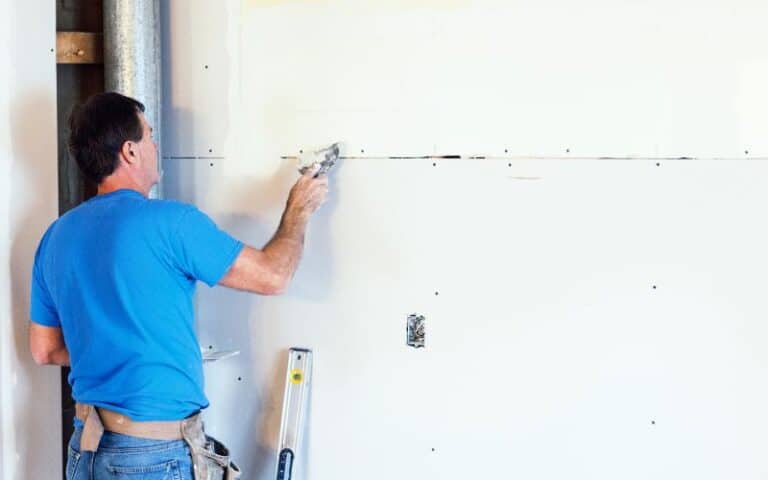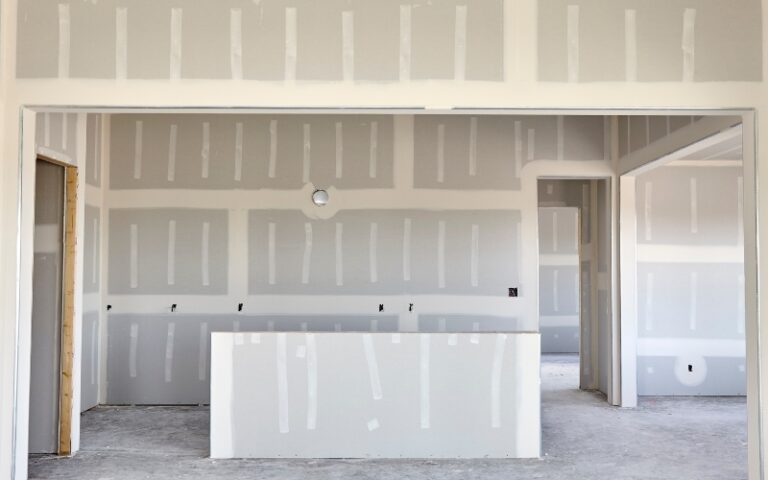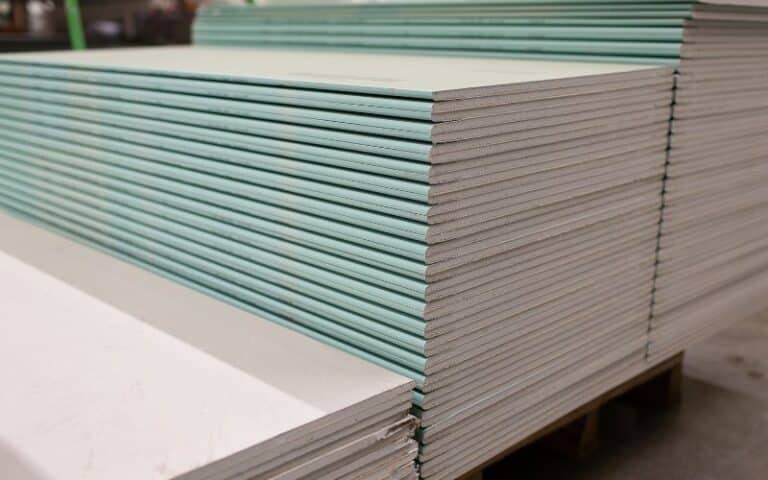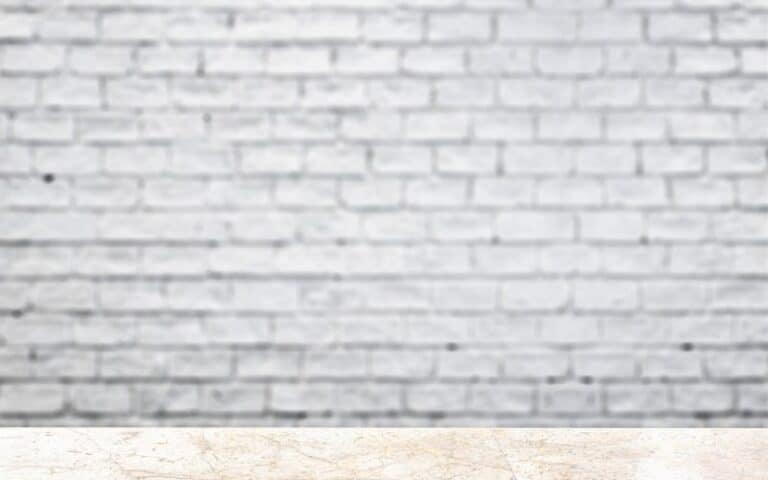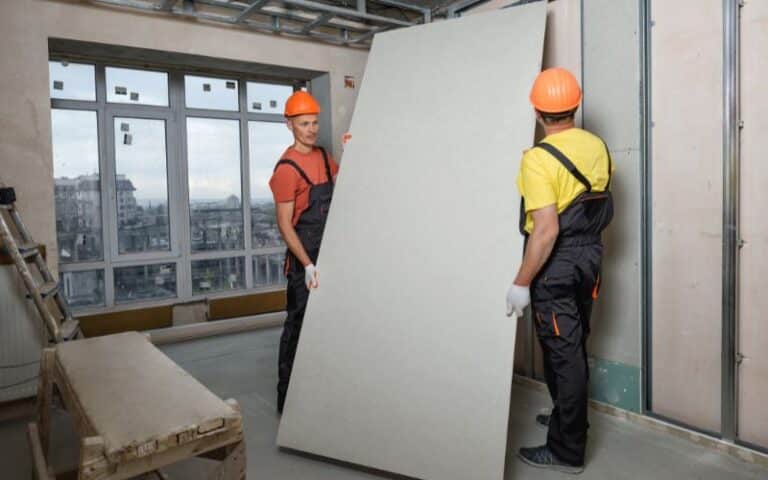Installing a skylight can be challenging, even for professionals. As a result, you could make an unavoidable mistake and potentially ruin the process.
Whatever the cause, any hole left by a skylight removal is an issue you need to address immediately.
Fortunately, this article contains the information you seek as you’ll understand and learn drywall to skylight transitioning, covering up skylight holes, and so much more.
Sealing the hole left by a skylight requires little expertise. It’s a relatively easy technique. It’s best to use a joint compound to fill the gap correctly. But you can choose to panel over the space. However, this may lead to heat loss due to a lack of insulation from the panel, which can be a potential drawback.
By the end of this article, you must have discovered a lot of helpful information and tips that would assist you on your project, especially if this is something other than your area of expertise.
Ready for a Drywall Quiz?
Can You Drywall Over a Skylight?
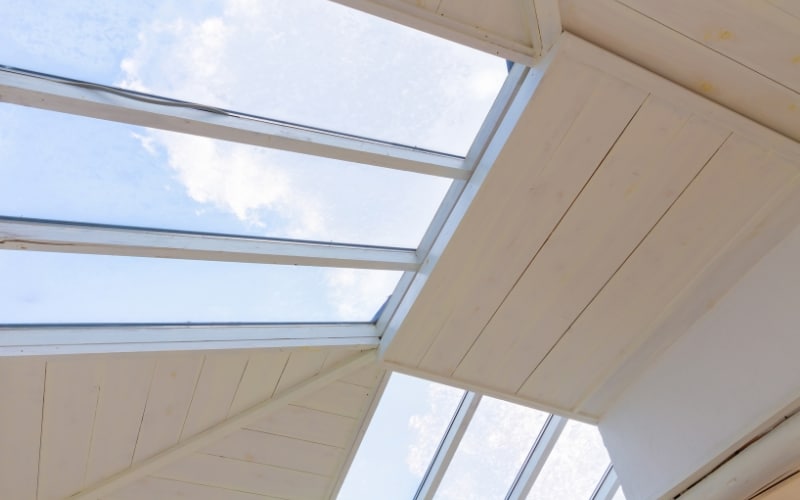
Yes, if you don’t want to remove the skylight, you can drywall over it. However, you should know that you’ll be unable to tell if the drywall begins to leak.
Thus, it’s always best to detach the skylight before filling the cavity with sheetrock. Eventually, this will depend on the type of skylight you own.
For example, you can fix some skylights in place while others have open and shut designs. You can seal the gap using a skylight with an open-and-shut design.
But you can’t drywall over skylights that are permanently shut in place.
Ultimately, whether or not to drywall over a skylight is a personal decision you can base on your specific needs and individual preference.
And it’s essential to consider the pros and cons here carefully before deciding.
Therefore, if you need clarification on drywalling over a skylight in your home, you should consult a professional contractor or home design, expert.
Here are the pros and cons of drywalling over the gap left by a skylight.
| Pros | Cons |
|---|---|
| Improved insulation | A reduction in natural light |
| Increased privacy | A decrease in ventilation |
| Enhanced security | It’s often expensive. |
How to Cover Gaps Between Skylight and Drywall?
If you’re about to take out your skylight, you may already know the hole removing it will leave.
Although you may have built your house with large spaces customized for your skylights, some people have skylights with a small recess around them.
Regardless, you’ll have to fill it out and cover it to make removing the skylight successful. So, your options for completing this process include the following:
- You are repairing the gap with wood and then painting it the same color as your ceiling.
- Installing drywall and then adding the same decorations as you did to your ceiling.
- Transforming the space into one for storage.
- We are adding light fixtures (recessed lights).
Any of these options should work for you. But it depends on how crafty you can get as a DIYer, how much space you plan on utilizing, and how ample the room is.
It’s best to understand all the options before deciding how you’d like to begin the project, as you can make all the space in your home useful.
Nevertheless, if you find the above process cumbersome, you can easily and quickly cover the hole with wood and paint/decorate it to match the rest of your ceiling.
Cut a sizable piece of wood, drill a hole into the corner wood and surface you plan on covering, and bolt in some screws.
Furthermore, to cover up the patch, use a suitable filler to fill up the screw holes. Then, give it a few minutes to dry.
Afterward, paint the area the same as your current ceiling. You’ll be able to conceal most of the gap. However, you may need to use a small amount of filler around the edges of the wood.
Give your paint some time to dry before inspecting your patch job if it’s to your satisfaction. You may need to use at least two coats of paint to achieve a successful and smooth career.
There are other ways you can make the gap less noticeable, and they include;
- Installing pendant or canister lights
- Covering up stained panel glass
- Setting up a cove lighting
- Placing a mirror over it.
How to Finish Drywall to Skylight Transition?
To finish a drywall transition to a skylight, you’ll need to follow these steps:
- First, measure the distance between the drywall and the skylight frame.
- Using a drywall saw or utility knife to cut a piece of drywall to fit this distance.
- Score the back of the drywall panel with a utility knife, as this will make it easier to snap the board along the scored line.
- Now, snap the panel along the scored line, breaking it in half. It will give you two pieces of drywall that you can use to cover the transition between the wall and the skylight.
- Placing the drywall panels against the wall, with the rough side facing out, ensure they are level and aligned with the top of the skylight frame.
- Secure the drywall panels to the wall using drywall screws, placed about 8 inches apart.
- Once you secure the panels to the wall, you can finish the seams by applying a joint compound with a drywall knife.
- Sand the joint compound smoothly, then prime and paint the drywall to match the surrounding wall.
Always be careful when working with drywall, as it’s brittle and may break if you don’t handle it properly.
If you’re uncomfortable completing this task, hiring a professional is always best to ensure they can do it correctly.
Can You Caulk Skylight With Drywall?
It’s not recommended to use drywall as a caulking material for a skylight, as it’s a porous building material that you shouldn’t use as a sealant because of its design.
Also, It’s not water-resistant and will not provide a proper seal around the skylight.
Therefore, it’s always best to use a high-quality, flexible, waterproof sealant around windows and doors to caulk a skylight.
And many different types of sealants are available, including silicone, acrylic, and polyurethane.
To caulk a skylight, follow these steps:
- Clean the area around the skylight frame with mild detergent and a cloth to remove any dirt or debris.
- Remove old sealant or caulking from the frame with a putty knife or scraper.
- Thoroughly dry the area with a cloth.
- Cut the tip of the sealant tube to match the width of the gap around the skylight frame.
- Apply the sealant to the gap using a steady, continuous bead.
- Smooth the sealant with a wet finger or a caulk smoothing tool to remove any excess and create a neat, even finish.
- Allow the sealant to dry according to the manufacturer’s instructions before painting or exposing the area to water.
It’s best to use the correct type of sealant for your specific application and follow the manufacturer’s instructions carefully to ensure a proper seal and a long-lasting finish.
FAQs
Should You Mud Your Entire Wall?
It would be best if you didn’t bother mudding an entire wall, as the process is unnecessary. One primary reason for mudding is to cover up tiny wall holes and fill up blemishes.
Should a Drywall be as Smooth as Possible?
Yes, your drywall needs to be very flat and smooth after finishing.
What Type of Sandpaper Should You Use Between Coats?
The best option is the 180-220 grit sandpaper, which you can use for sanding between coats and for sanding finish.

